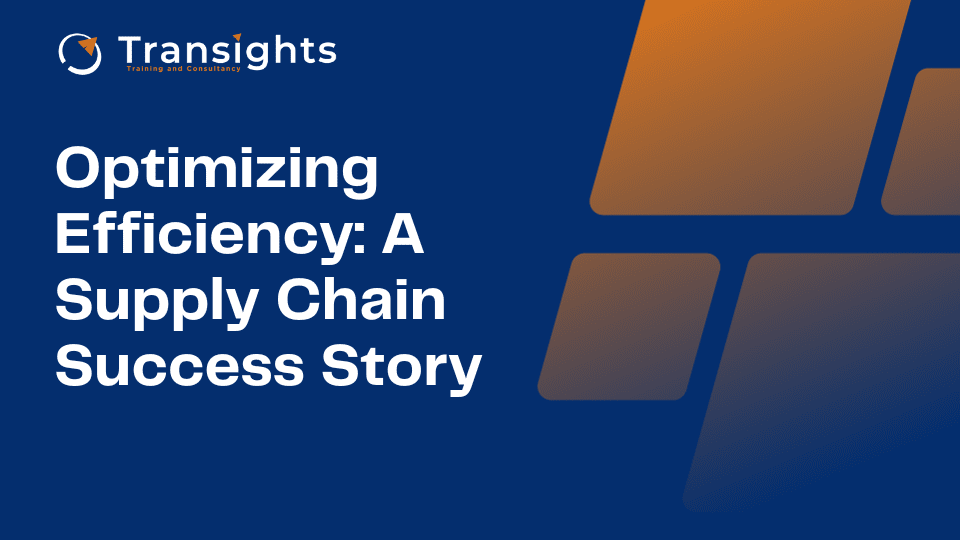
In the complex world of modern business, an efficient and well-managed supply chain is often the key differentiator between success and failure. Companies that can seamlessly integrate their various supply chain components, from sourcing raw materials to delivering finished products to customers, are better positioned to thrive in the competitive marketplace. This article explores a compelling case study of a company that successfully transformed its supply chain, illustrating how strategic planning, technology adoption, and a focus on sustainability can lead to remarkable outcomes.
Case Study: XYZ Corporation's Supply Chain Transformation
Case Study: XYZ Corporation's Supply Chain Transformation
XYZ Corporation, a global player in the electronics industry, embarked on a supply chain transformation journey in response to increasing market demands and the need for greater agility. The company recognized the importance of optimizing its supply chain to enhance efficiency, reduce costs, and improve overall customer satisfaction.
Strategic Planning:
Strategic Planning:
XYZ Corporation began its transformation by conducting a comprehensive analysis of its existing supply chain processes. This involved identifying bottlenecks, assessing lead times, and evaluating the performance of suppliers and logistics partners. Through this analysis, the company gained valuable insights into areas that required improvement.
Armed with this information, XYZ Corporation developed a strategic plan that outlined specific goals and milestones for the supply chain transformation. Key objectives included reducing lead times, improving inventory management, and enhancing collaboration with suppliers.
Technology Adoption:
Technology Adoption:
Recognizing the role of technology in modernizing the supply chain, XYZ Corporation invested in state-of-the-art supply chain management systems and analytics tools. These technologies provided real-time visibility into inventory levels, demand forecasting, and production schedules, enabling the company to make informed decisions and respond rapidly to market fluctuations.
The implementation of a robust Enterprise Resource Planning (ERP) system integrated various business processes, facilitating seamless communication between different departments within the organization. This integration proved instrumental in streamlining operations and eliminating redundancies.
Armed with this information, XYZ Corporation developed a strategic plan that outlined specific goals and milestones for the supply chain transformation. Key objectives included reducing lead times, improving inventory management, and enhancing collaboration with suppliers.
Collaboration and Communication:
Collaboration and Communication:
XYZ Corporation understood the importance of collaboration not only within its organization but also with external stakeholders. The company fostered stronger relationships with suppliers, encouraging open communication and information sharing. This collaborative approach led to better demand forecasting, reduced lead times, and improved overall supply chain resilience.
Sustainability Initiatives:
Sustainability Initiatives:
In line with the growing emphasis on corporate social responsibility, XYZ Corporation incorporated sustainability initiatives into its supply chain transformation. This involved evaluating the environmental impact of its supply chain activities and implementing measures to reduce waste, energy consumption, and carbon emissions.
The company also worked closely with suppliers to ensure that they adhered to sustainable practices, contributing to a more eco-friendly and socially responsible supply chain.
Results:
Results:
The supply chain transformation undertaken by XYZ Corporation yielded impressive results across various key performance indicators:
Cost Reduction: The optimized supply chain led to significant cost savings through better inventory management, reduced lead times, and streamlined processes.
Improved Customer Satisfaction: Faster response times, accurate order fulfillment, and enhanced product availability resulted in increased customer satisfaction.
Enhanced Efficiency: The adoption of technology and streamlined processes improved overall operational efficiency, enabling XYZ Corporation to meet market demands more effectively.
Sustainability Impact: The incorporation of sustainable practices not only aligned with corporate values but also contributed to a positive environmental and social impact.
Conclusion:
Conclusion:
XYZ Corporation's supply chain success story serves as a testament to the transformative power of strategic planning, technology adoption, collaboration, and sustainability initiatives. By recognizing the importance of an efficient supply chain and investing in its optimization, the company positioned itself for long-term success in an ever-evolving business landscape. This case study provides valuable insights for other organizations looking to enhance their supply chain capabilities and remain competitive in today's dynamic market.

